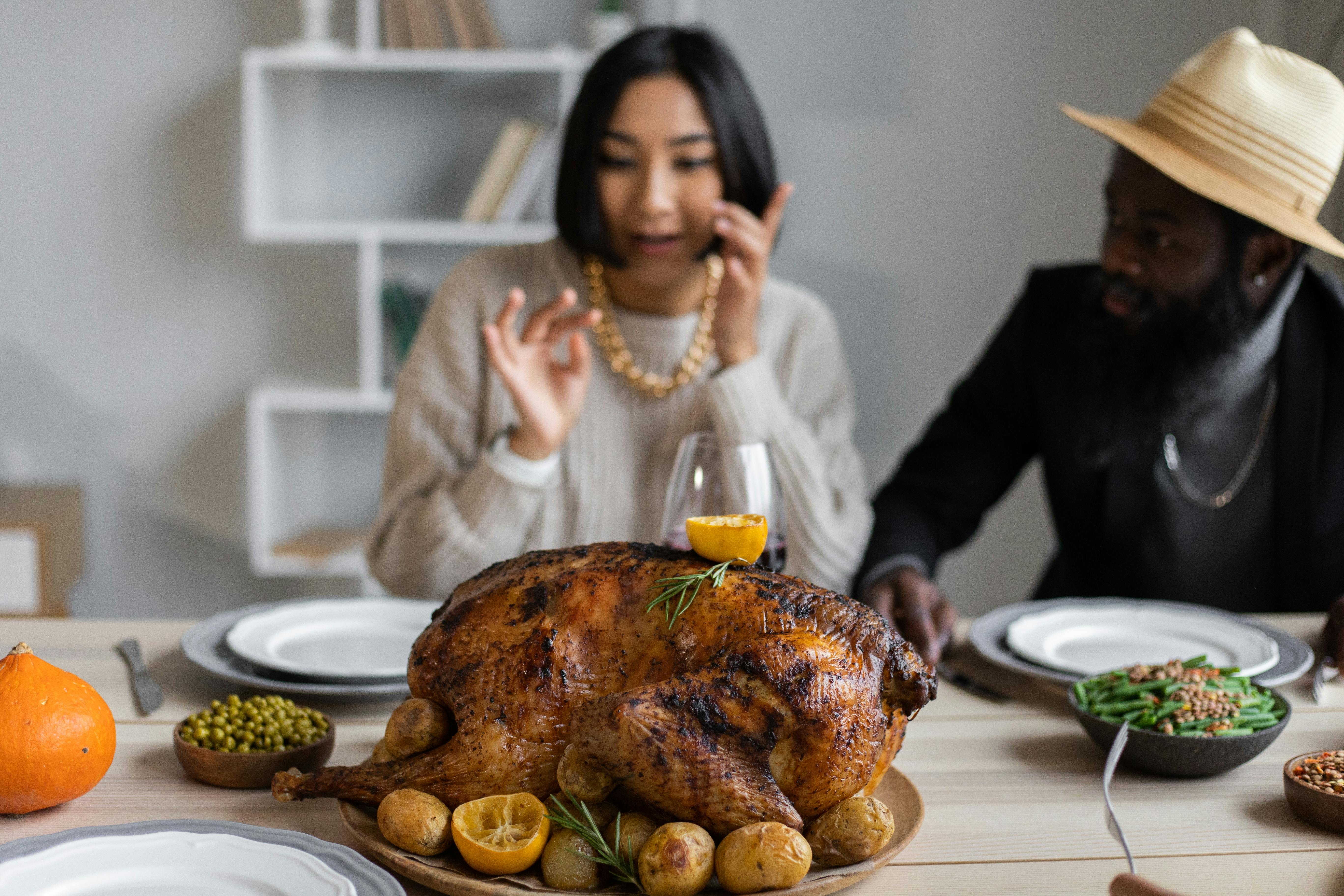A pure clay Dutch oven is a great and very useful kitchen utensil. It consists of a pot with a lid, both made of unglazed primary clay (or pure clay). It is very popular probably because it is versatile and can cook a variety of dishes. Let’s find out the pros and cons of this exceptionally healthy cookware that is becoming very popular:
Pros:
1. 100% non-toxic raw material: tested and certified
The raw material used is pure clay, a naturally available material that is analyzed for chemical contaminants and metals such as lead, cadmium and arsenic, which are mainly found in conventional kitchen utensils, even in small quantities. But these cookware are metal and chemical free – a great place to start, especially since it’s marketed as healthy. No chemicals or enamels are used in the raw material or for the finish of the product. It goes without saying that this natural clay, if nothing is added or removed, is inert or non-reactive.
2. Multifunctional and versatile
Dutch metal and ceramic ovens aren’t multi-functional, but thankfully this one is. You can use it in the oven or on the stove. It is probably the most versatile cookware in the kitchen – a variety of dishes such as soups, stews, rice and other stew dishes can be cooked. It is quite convenient to have a single piece of cookware with so many uses.
3. Food-safe far infrared heat
While metals and ceramics radiate severe heat that destroys delicate nutrients like complex carbohydrates, phytonutrients, and water-soluble nutrients, a pure clay Dutch oven is a stark contrast. The unique far infrared heat of its walls penetrates deep into each grain and cooks it completely even on medium heat AND without destroying the nutrients. This not only keeps the nutrients intact, but also saves energy. All of your favorite recipes will cook at roughly the same time as any other kitchen utensil, but they will be much more nutritious.
Plus, all the heat is kept inside the pot, thank goodness, as your fingers won’t burn even if you accidentally touch the pot while cooking.
4. Excellent steam management
Most conventional cookware lets steam escape during cooking. But these cookware handle steam very smartly. The steam comes out of the food and condenses on the inside surface of the lid (which is colder than the rest of the pot) and falls back onto the food. What a great way to save on all those essential water soluble nutrients!
5. Better heat retention
Pure clay pots are great at retaining heat, so food stays hot for a long time after cooking. It is not necessary to reheat food every time you have to serve it. This is a huge advantage, especially in winter when food is likely to cool down fairly quickly.
6. Food tastes great! Much better than metals
With all these characteristics that cooking with pure clay offers (lack of toxins, mild heat, abundance of nutrients, semi-porous surface of the pot that allows oxygen to pass through during cooking, or all of these), food tastes much better when cooked in clay. pure. People who are used to cooking in pure clay don’t even want to serve in any other material, this is how much they love the experience of cooking in pure clay!
Cons:
Fragile
There is only one: pure clay cookware can break if not handled carefully. But due to its versatile design, its failure rate is very low.
If using your cookware with a little care is not a deal breaker for you, then these cookware are the best option you have for a truly healthy kitchen. Its ability to cook non-toxic, nutrient-rich and delicious healthy food makes it an ideal pot for your kitchen.
